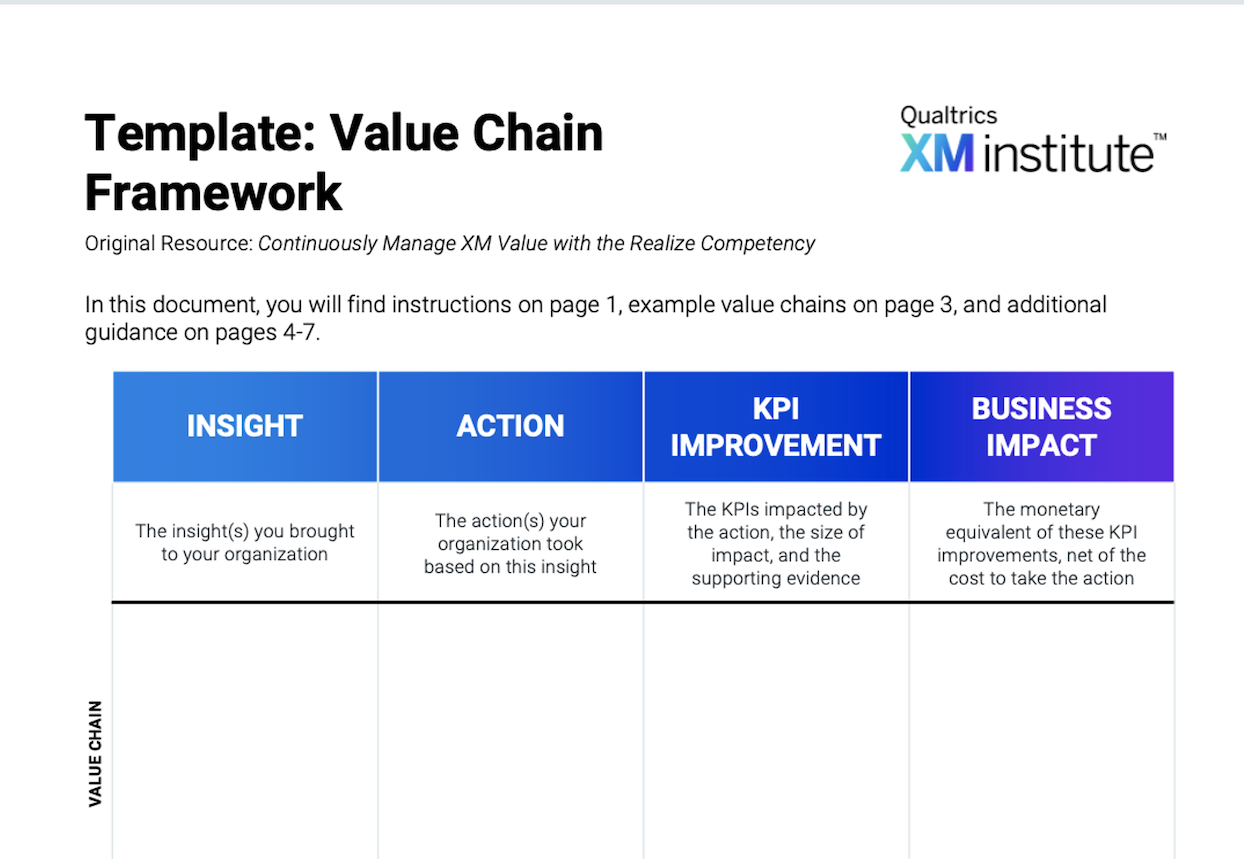EXECUTIVE SUMMARY
Temkin Group surveyed 169 companies to learn about how they use customer experience (CX) metrics and then compared their answers with similar studies we’ve conducted annually since 2011. We also had them complete our CX Metrics Program Assessment that evaluates the degree to which these efforts are Consistent, Impactful, Integrated, and Continuous. Here are some of the highlights:
- Only 11% of CX metrics programs received “strong” or “very strong” ratings, while 64% of companies received “weak” or “very weak” ratings. Only one out of five companies earned at least a moderate rating for being Integrated.
- Sixty-five percent of companies are good at collecting and calculating metrics, but less than 20% are good at using analytics to predict future changes in the CX metric.
- Satisfaction and likelihood to recommend remain the most popular CX metrics, with satisfaction at a transactional level delivering the most positive impact.
- Only 10% of companies always or almost always make explicit tradeoffs between CX metrics and financial results.
- Companies identified the lack of taking action based on CX metrics as a top obstacle to their programs. The identification of this as a top problem increased the most between 2016 (54%) and 2017 (62%).
- We asked companies about their effectiveness at measuring 19 different elements of customer experience. They are most effective at measuring customer service, phone interactions, and customers who are using their products and services. They are least effective at measuring the experiences of prospects, customers who have defected, and multi-channel interactions.
- When we compared companies with stronger CX metrics programs with those with weaker efforts, we found that the stronger firms have better overall CX results, more frequently use and get value from likelihood to recommend metrics, and report fewer obstacles.
This report was originally published by Temkin Group prior to its acquisition by Qualtrics in October 2018. It has been reformatted, but no substantive changes have been made to the content.





